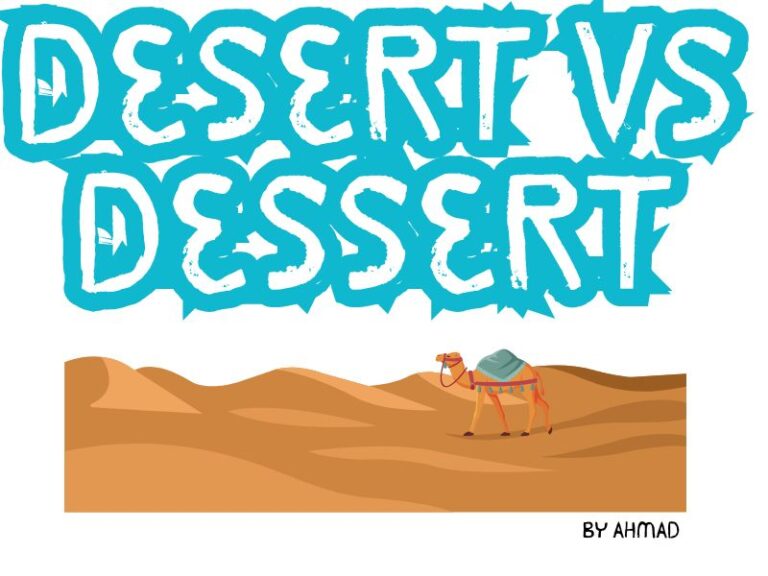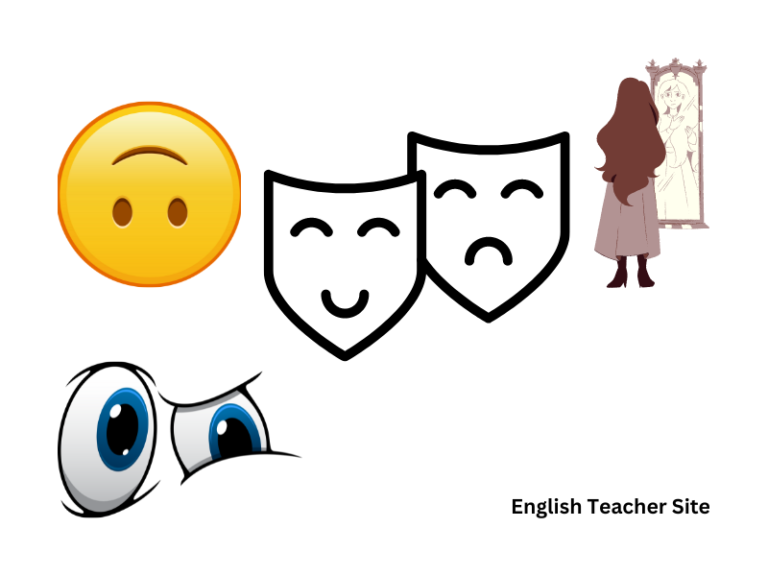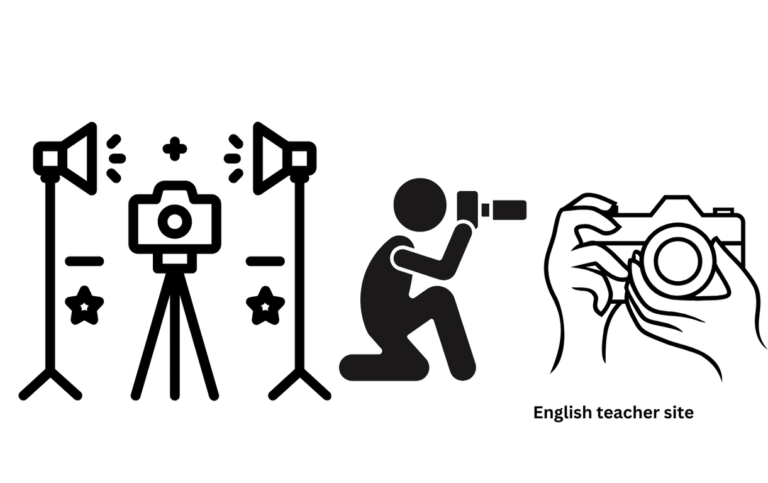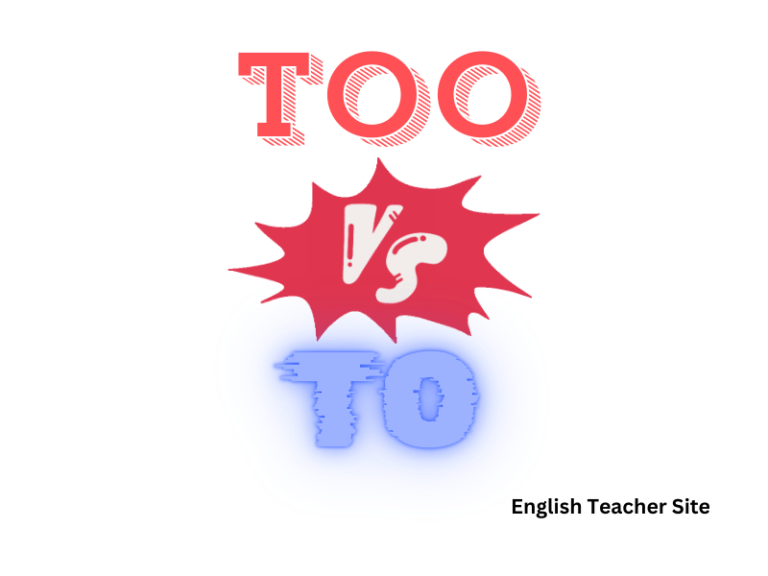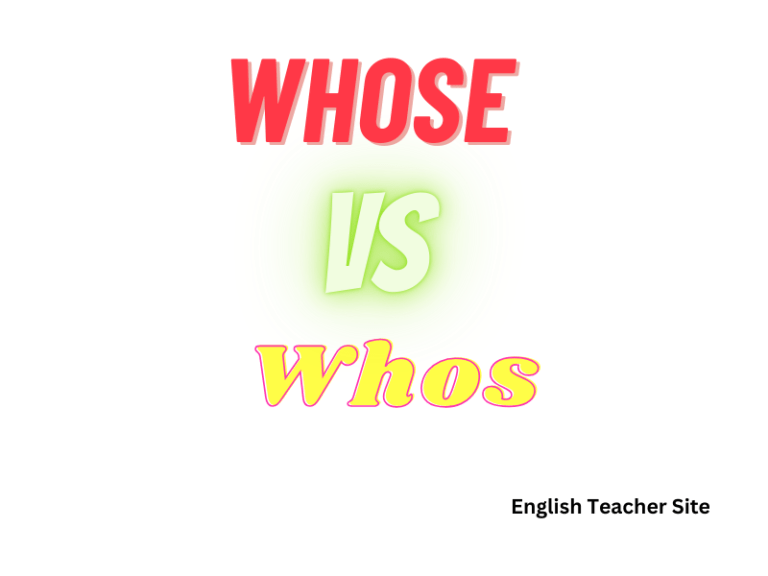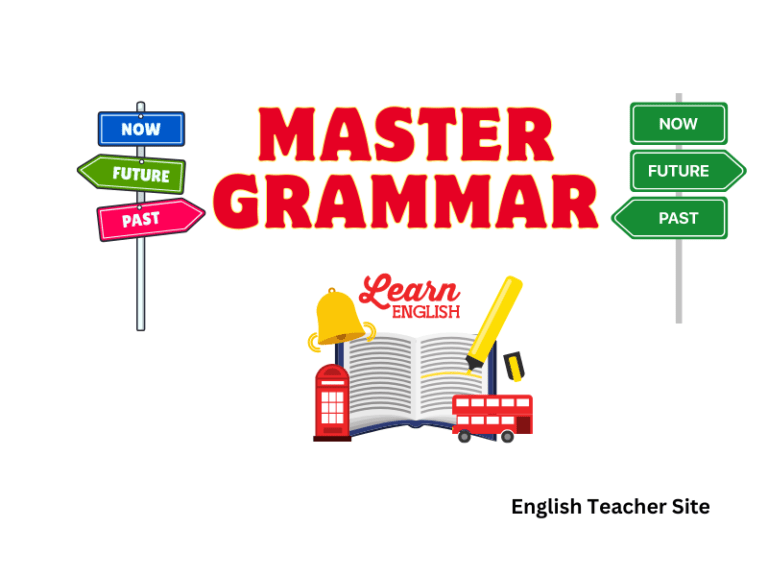They’re, Their, There: Understanding Homophones in English Grammar
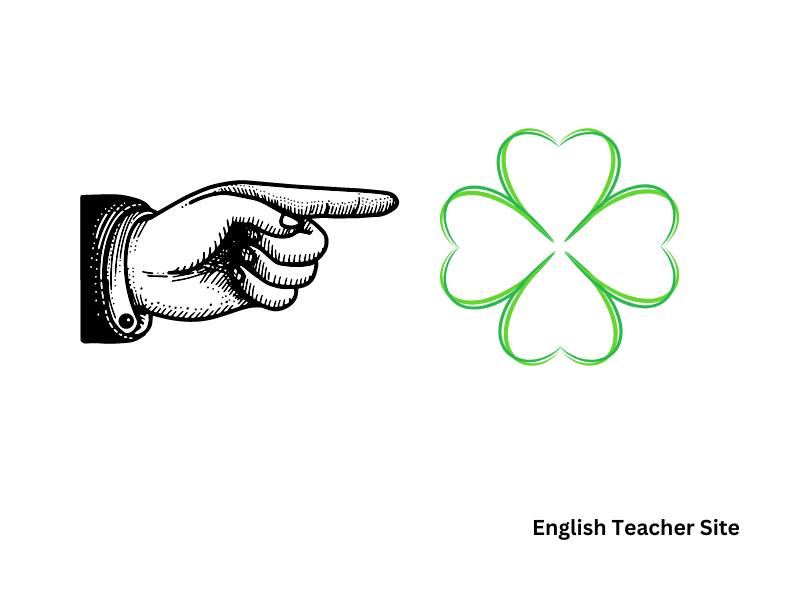
- “There” indicates a place or introduces a subject.
- “Their” denotes possession or ownership.
- “They’re” is a contraction for “they are.”
To master the usage of these words, one must recognize the context in which they appear. “There” is used to indicate a place or to introduce a subject, as in “There is hope.” “Their” shows ownership, for example, “Their house is beautiful.” “They’re” is used when shortening “they are,” such as in “They’re going to the park.”
Navigating “There” vs. “Their” vs. “They’re”
In the English language, accurately using “there,” “their,” and “they’re” is essential for clear communication. Let’s clarify the proper use of each term.
Understanding “There/Their/They’re”:
“There,” “their,” and “they’re” are homophones in English, which means they are pronounced the same but have different meanings and spellings. The correct usage of these words is a common stumbling block for many language learners.
“There” Denotes a Place
| Correct Usage | Incorrect Usage |
|---|---|
| Look over there. | Look over their. |
| There is a chance of rain. | Their is a chance of rain. |
| The books are over there. | The books are over their. |
- “There” refers to a location or place, either specific or general.
- It can also be used to begin a sentence that introduces a subject, such as in “There is a cat on the roof.”
“Their” Indicates Possession
| Possessive Use | Example Sentences |
|---|---|
| Their books | Their books are on the table. |
| Their idea | That was their idea from the beginning. |
| Their house | Their house looks newly painted. |
- “Their” is the possessive form of the pronoun “they.”
- It shows ownership or belonging related to a group or something associated with people or entities already mentioned or easily identified.
“They’re” is a Contraction (They + Are)
- “They’re” is a contraction for “they are.”
- The apostrophe here takes the place of the letter “a” in “are.”
Usage of “They’re”:
- They’re going to the movies tonight.
- I think they’re the best team we have.
Additional Sentences with “There”
“There” typically functions as an adverb, denoting a specific location or existence, and sometimes plays the role of a pronoun or an introductory subject.
As an adverb, “there” is often associated with verbs that indicate placement or existence, such as “is,” “are,” “was,” and “were.” For instance:
- There is a book on the table.
- The keys are there, beside the coffee maker.
Tables Illustrating Sentence Structures Using “There”:
| Introductory “There” (Existential Usage) | Verb to be | Complement |
|---|---|---|
| There | is | a party happening. |
| There | are | many options available. |
| Introductory “There” | Action Verb | Location |
|---|---|---|
| There you go | placing | the suitcase. |
| There they stand | waiting | at the door. |
Enriching comprehension, here are a few more examples using bullet points:
- There were times when she felt completely alone.
- In this kingdom, there lived a benevolent king.
- There seems to be a misunderstanding.
In literature, “there” also serves to create a sense of place or atmosphere, adding depth to the narrative:
- Far over the misty mountains cold, to dungeons deep and caverns old, we must away ere break of day, to find our long-forgotten gold.
More Examples of Sentences with “Their”
“Their” is often confused with “there” or “they’re,” but it has its own distinct role. This possessive pronoun denotes ownership or association and is used in the context of multiple subjects. Below are additional sentences utilizing “their”:
In Literature and Media:
| Context | Sentence |
|---|---|
| Book | The characters took off their hats in respect. |
| Film | The audience watched as the actors took their final bow. |
In Everyday Use:
- They parked their car in the furthest spot from the store.
- The dogs wagged their tails excitedly.
- Students should submit their assignments by the deadline.
In the Workplace:
| Department | Sentence |
|---|---|
| Human Resources | Employees can find details about their benefits online. |
| Marketing | The team celebrated reaching their monthly sales target. |
Academic Context:
- Researchers shared their findings in the latest journal.
- During the experiment, participants kept their personal journals.
Use in Directions:
- Tell them to keep their belongings with them at all times.
- Instructors will guide their students to the assembly area.
These examples help clarify the possessive nature of the word, which refers to something that belongs to or is related to a group of people or things.
More Examples of Sentences with “They’re”
One such group of words that often causes confusion is “they’re,” “their,” and “there.” “They’re” is a contraction for “they are.”
When utilizing “they’re” in a sentence, remember that you are always replacing “they are.” Below are some sentences structured to enhance your understanding.
- Simple Sentences:
- They’re always punctual to appointments.
- It appears they’re well prepared for the exam.
- Look how quickly they’re finishing the task!
Complex Sentences:
- Even though they’re tired, they’re continuing with the rehearsal.
- Since they’re aware of the risks, they’re proceeding cautiously.
Table 1: Comparison with “They’re,” “Their,” and “There”
| Sentence with “They’re” | Explanation |
|---|---|
| They’re going to visit the zoo. | They are visiting – contraction used. |
| Their plans for the zoo are ready. | Possessive adjective showing ownership of plans. |
| There is a new exhibit at the zoo. | Adverb specifying location or existence of something. |
Table 2: Questions and Responses with “They’re”
| Questions | Responses |
|---|---|
| Are they coming over today? | Yes, they’re. |
| Do they know what to do? | Absolutely, they’re fully briefed. |
| Have they finished the project? | They’re just about to finalize it. |
- Bullet Points:
- Confirmation: If you need to affirm something, say:
- Yes, they’re on top of it.
- Location: To specify someone’s action in a place, say:
- They’re over there playing soccer.
- Progress: To describe ongoing activities, say:
- They’re working diligently on their assignment.
- Confirmation: If you need to affirm something, say:
Using varied sentence structures with “they’re” can convey precise meanings and clarify the subject’s actions or state of being.
Common Contractions Explained
In English, contractions combine two words into a shorter form, often to replicate common speech patterns. One frequent contraction is “they’re,” representing the words “they are.” Contractions are not only a part of daily conversation but also appear in writing, both formal and informal. This contraction is commonly confused with “their,” which is a possessive pronoun, and “there,” an adverb denoting location. Below is a breakdown of these three homophones.
“They’re”
| Full Form | Contraction | Example Sentence |
|---|---|---|
| They are | They’re | They’re going to the park. |
- Use: Replaces “they are” when the two words can be naturally combined.
- Context: Often used in spoken English to streamline sentences.
“Their” and “There”
| Word | Function | Example |
|---|---|---|
| Their | Possessive pronoun | Their dog is very friendly. |
| There | Adverb | The book is over there. |
Their
- Indicates possession by people or entities.
- Used to show that something belongs to them.
There
- Relates to a place or location.
- Often used as a placeholder in sentences (e.g., “There is”).
When writing, it is vital to choose the correct form:
- They’re happy about their trip.
- They left their coats over there.
Key Points:
- “They’re” contracts “they are.”
- “Their” shows ownership.
- “There” refers to a place.
- Select the proper form based on the meaning you want to convey.
Understanding these differences is crucial for accurate communication.
Tracing the Origin of “Their/They’re/There”
Exploring the roots of words offers insights into the evolution of the English language. The words “their,” “they’re,” and “there” exemplify such linguistic development, each having its own history and usage.
| Word | Origin | Function |
|---|---|---|
| Their | Old Norse “þeirra,” meaning “of them” | Possessive adjective |
| They’re | Contraction of “they are” | Pronoun and verb contraction |
| There | Old English “þǣr,” related to “that” | Adverb of place |
“Their” is used to denote possession and is derived from the Old Norse term þeirra. The word signifies belonging to a group of people or things previously mentioned or easily identified within the context. For instance:
- The students reviewed their notes.
- Visitors must leave their belongings at the front desk.
“They’re” is a contraction combining “they” and “are.” It is used to describe or state something about a group of people or things. As an example:
- They’re planning to attend the concert.
- They’re known for their excellent service.
“There” indicates a place or position, tracing its usage back to Old English þǣr, which has ties to the word “that.” It can point to a location or be used to introduce a subject. Examples include:
- The books are over there.
- There is a chance of rain this afternoon.
These distinctions are essential for both written and spoken English, ensuring clear and effective communication. Recognizing their origins helps to understand their applications and avoid common errors.
| Common Mistake | Correction |
|---|---|
| They’re toys are fun. | Their toys are fun. |
| Their going to the beach tomorrow. | They’re going to the beach tomorrow. |
| Over their, you’ll find the bookshop. | Over there, you’ll find the bookshop. |
To master these words, one should practice identifying the context in which each is appropriate, strengthen their command of the language, clarify when they’re communicating, and specify there they mean to refer to.
Source
My name is Khamis Maiouf. I am the creator of the English Teacher Site, dedicated to providing valuable resources and insights for students around the world. With a passion for education and a commitment to helping students enhance their skills, I aim to make English teaching more effective and enjoyable for both educators and students.

